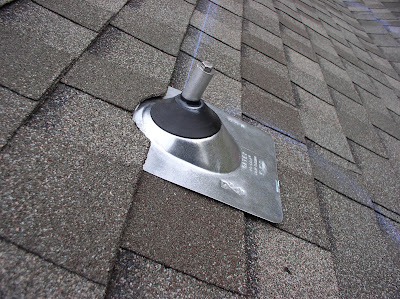

The panels are to arrive tomorrow per freight from Con-Way freight. Today after work I was able to run a segment of the ground wire through the conduit from the roof through the condit to the inverter location. Basically I need to install the support railing and the #6 copper ground wire to the railing using the grounding lugs but I need the railing splice connectors and grounding lugs. (they have not come in from the shipper yet). Once the ground wire is installed, I can then install the panels and attach the ground to the panels using the grounding lugs as well. I am taking photo's as I go. I will upload the photo's later.














